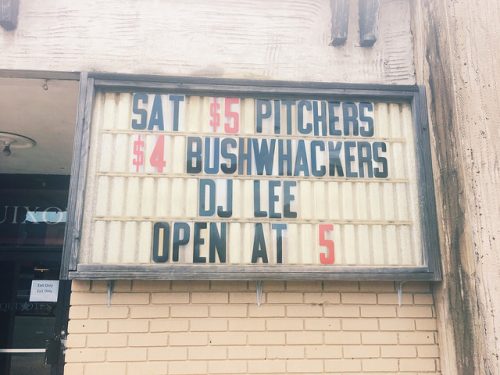One of the biggest challenges and joys I have in teaching Introduction to Sociology is making ideas like social construction, cultural objects, or bureaucracy visible and intuitive to students. A big part of our value as a general education course is in showing students how to use these ideas in the world. I make a point to focus on bureaucracy, for example, because drawing attention to the unique skills and challenges of navigating a large bureaucratic system like a university is one way sociology can help students across many different majors.
Max Weber plays a big role here, of course, but one of the challenges in teaching his work is the “This is Water” problem — students are so steeped in bureaucracy that it is hard to recognize its unique traits. George Ritzer’s The McDonaldization of Society is a classic example, but the point-of-sale system is now so normal in the service industry that it can be difficult to wrap your head around any other way to organize a business. That’s why I love the charming 2004 documentary Hamburger America, by George Motz.
How do you make a cheeseburger? Ask your students and you will probably get a pretty standardized answer. At least one of these segments will turn that question on its head.
Not only do we get an intuitive sense of how much rich, unexpected variation there is in a cheeseburger, but this documentary also works in so many interesting insights about different regions and local cultures in the U.S. There are hooks here into lived experiences with segregation, de-industrialization, urban planning, and food systems. People are engaging with tradition, history, and economic change. This documentary is a fantastic way to show how culture is embedded in objects — the burgers pair well with Wendy Griswold’s cultural diamond!
All of these anchors give students an intuitive sense of how wildly different social arrangements can emerge without the systematizing force of bureaucracy or large scale, franchised restaurants. It is a great way to spur discussion – just don’t show it right before lunch.
Evan Stewart is an assistant professor of sociology at University of Massachusetts Boston. You can follow his work at his website, on Twitter, or on BlueSky.











